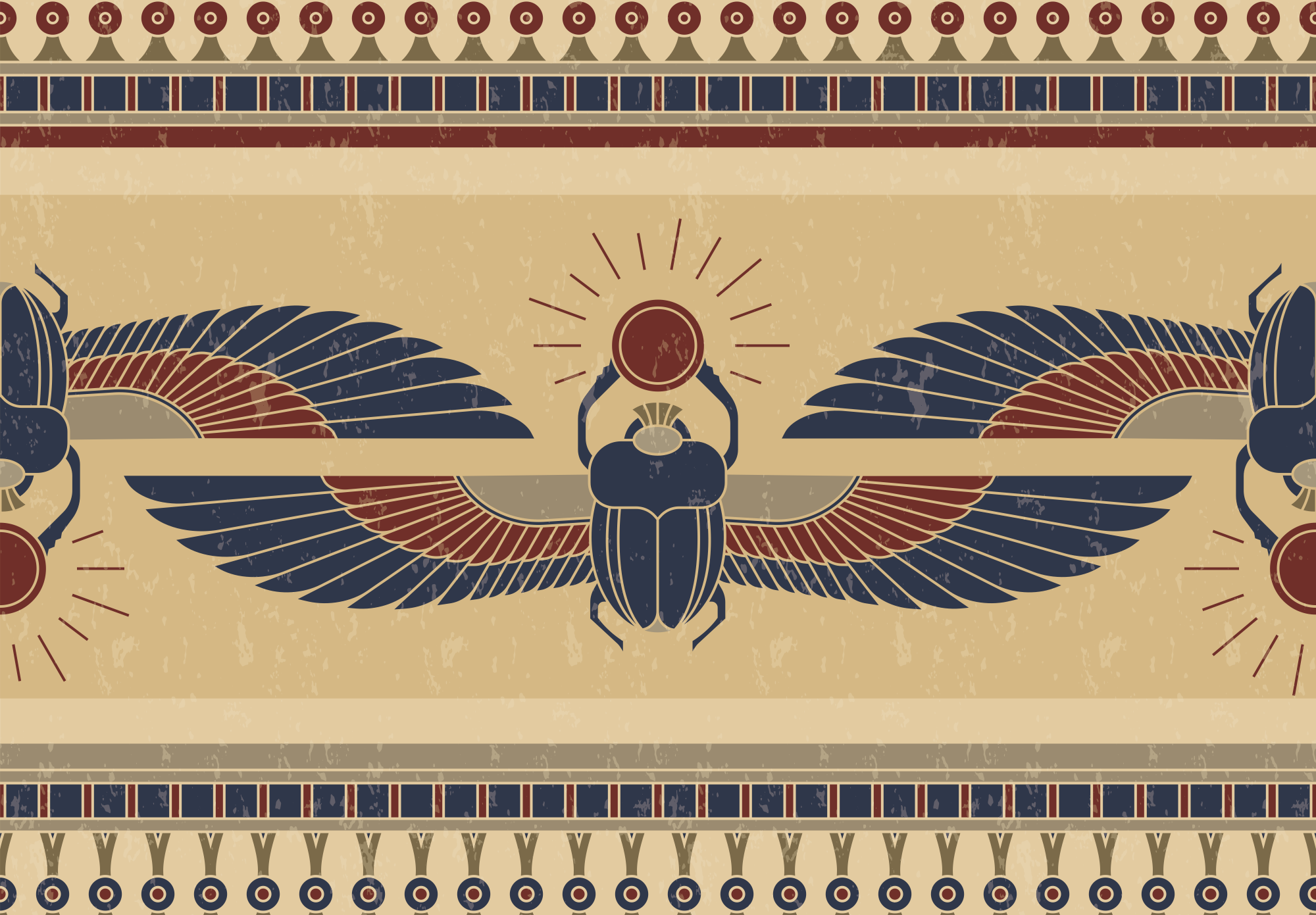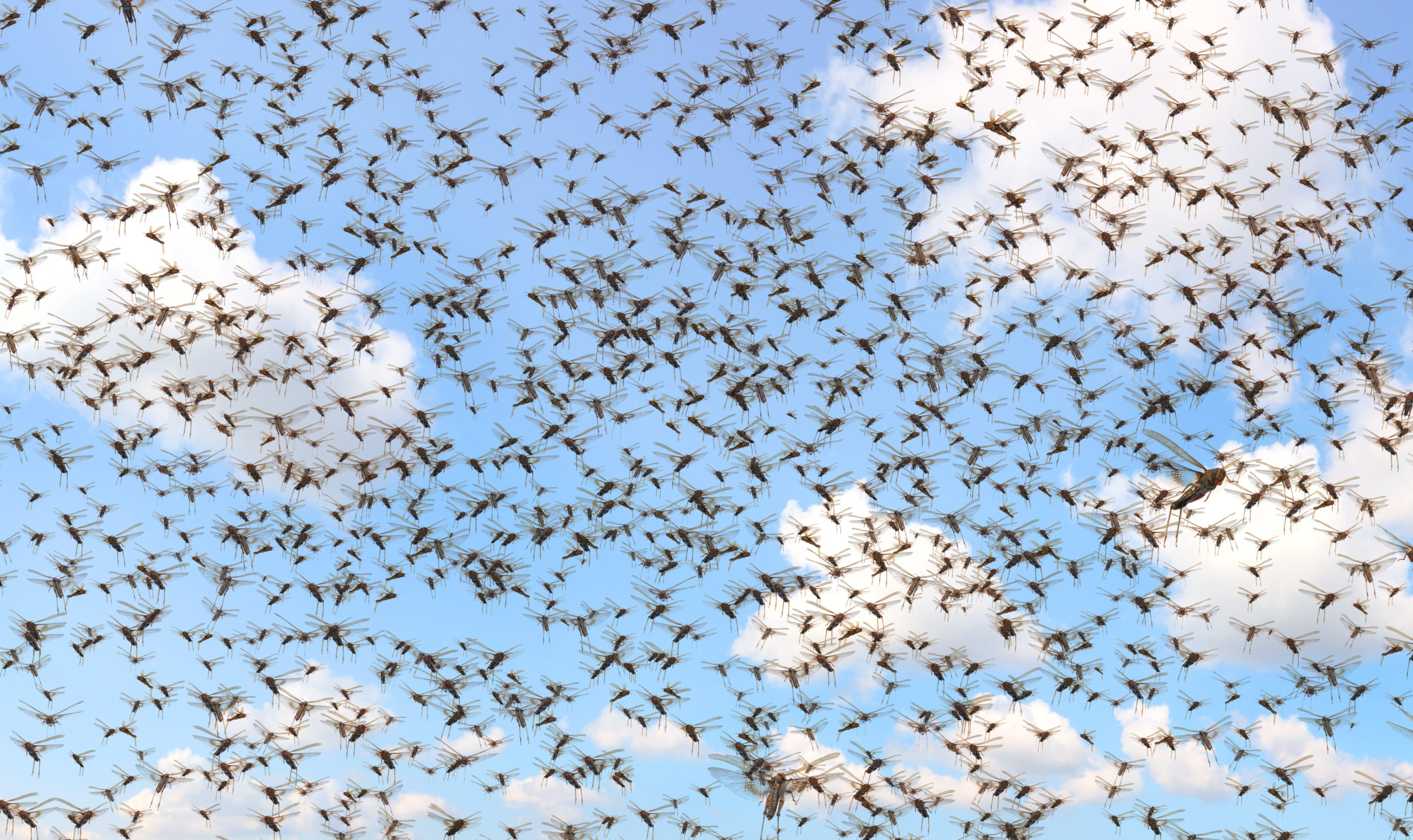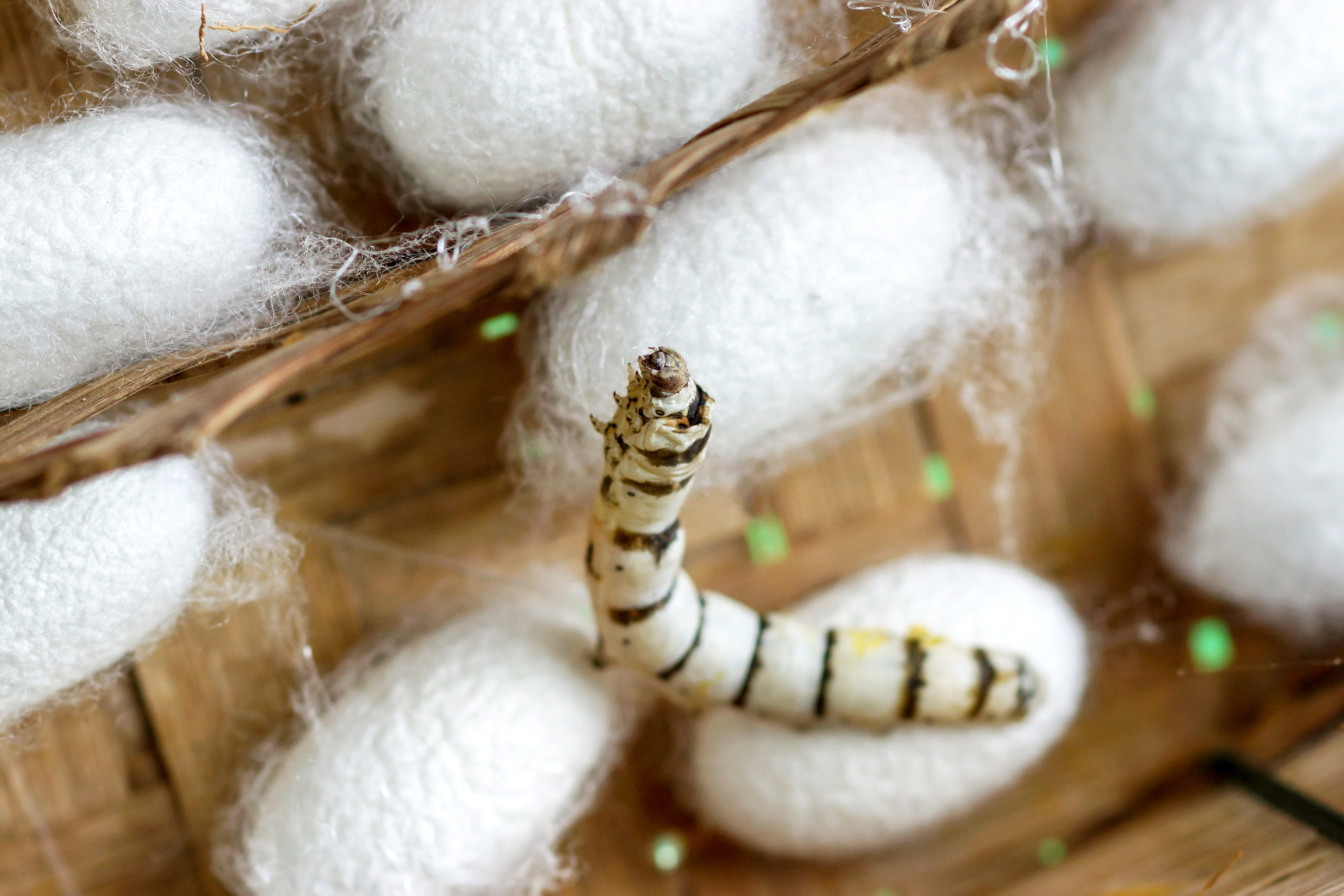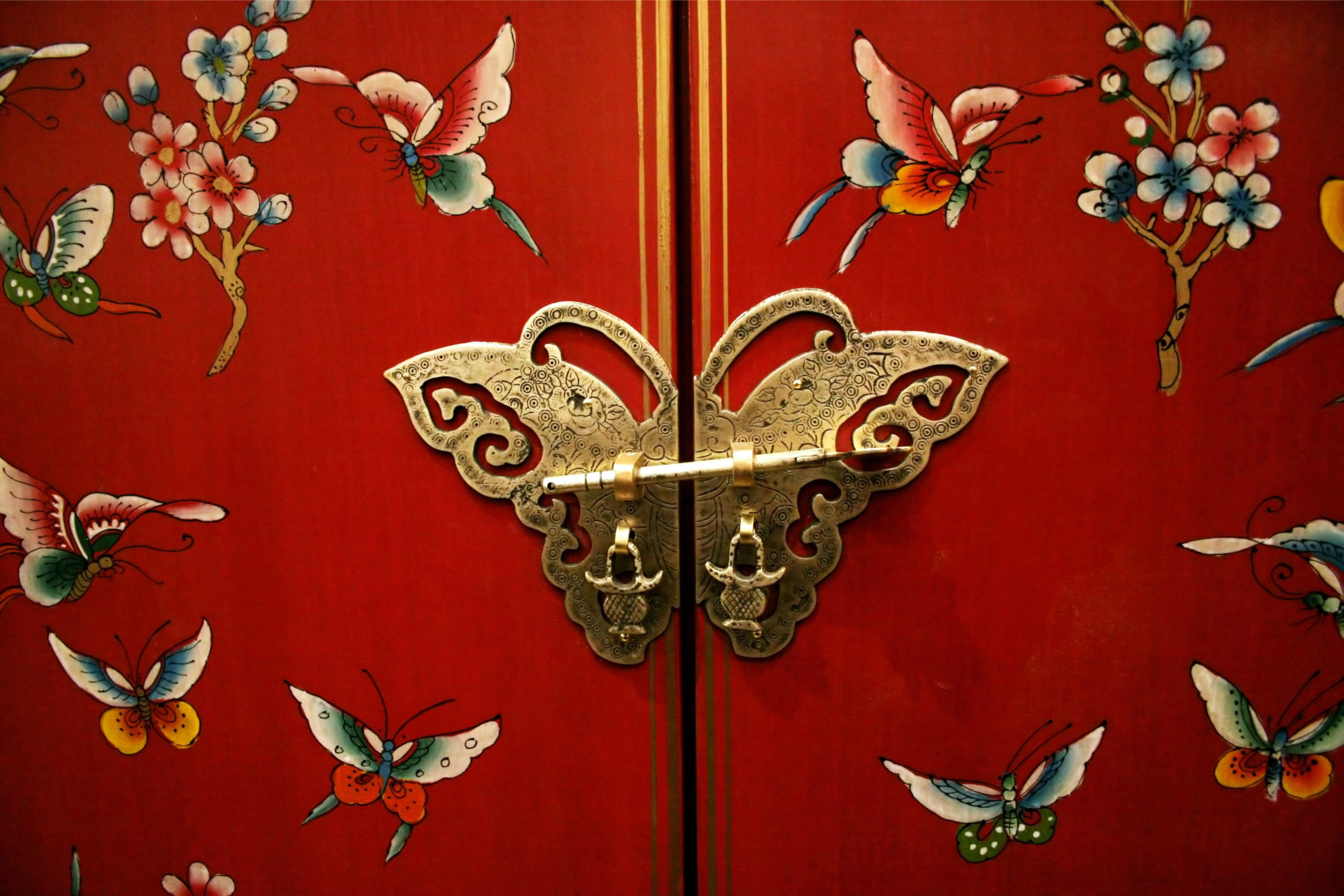Significant Pests and Insects in History
Significant Pests and Insects in History
The Scarabs of Egypt
Ancient Egyptians recognized the scarab (scientifically known as Scarabaeus sacer) as a representation of rebirth and renewal. In Egyptian mythology, the sun god Ra moved the sun, a giant orb, across the sky, which was resembled in the way the scarab beetles would roll large orbs of dung around. The sun was believe to bring life and creation, and when the scarab’s young emerged from the ball of dung, the representative connection was solidified. In fact, it even came to be said that the young sun god, Khepri, was reborn each morning as a winged scarab. Due to the positive relations that these little beetles played in their mythology, scarabs soon became popular imagery in Egyptian art. They adorned clothing, walls, pottery, carvings, and jewelry. Having the scarab symbol near oneself or on one’s person was said to bring rejuvenating properties. 
The Year of the Locust
Locusts are Orthoptera within the Acridoidea family. While they are technically a type of grasshopper, they diverge from other grasshoppers due to their ability to migrate and form large swarms that are notorious for seriously damaging crops. One such mass swept across the United States in 1875 with record-breaking size. Measuring a jaw-dropping 198,000 square miles, the swarm was described as “a moving, struggling gray-green screen between the sun and Earth.” A settler in Kansas at the time commented that he “never saw such a sight before… we could see millions in the air. They looked like snowflakes.” Supposedly, the sky was blotted out for nearly five days as the swam traveled across the Great Plains. The carnage that ensued led to the destruction of over $200 million worth of crops, mutilated local forests, and even demolished wooden fences. 
Rats, Fleas, and the Black Plague
In the early Middle Ages between 541 to 767 the Black Plague spread throughout Europe, yielding a hefty death toll. Then, in the 14th Century, the plague resurfaced with a vengeance, claiming the lives of over 50 million. At the time, people believed tainted air, or ‘miasma,’ was what spread the plague. However, later exploration suggested that rats were the actual culprits behind the spread… although this assumption was only partly true. A study regarding the simulation of plague outbreaks was published in a 2017 issue of the multidisciplinary science journal the Proceedings of the National Academy of Sciences. This study explored three different possible means of transmission including airborne transmission, rats as vector-pests, or the fleas from rats being passed to humans then carried person to person. Based on the findings from tests outlining 9 different outbreaks, it was determined that the spread from fleas was the model that best fit the spreads. Meaning pests were essentially behind the plague. 
Silkworms and the Silk Trade
The amazing fabric that is silk comes from the cocoons of Bombyx mori moths, also known as silkworms while in their larval forms. The production of silk began in China around the first millennium BCE. By the middle of the millennium, silk began to spread through trade and became a sought-after material in both Greece and Western Europe. Eventually, this led to the creation of a network of routes called the Silk Road that connected nations and kingdoms through trade for over 1,500 years. In total, the routes covered an approximate 4,000 miles and even cut through some highly treacherous landscapes including mountainous terrain and the Gobi Desert. While the Silk Road was originally utilized to spread the trade of silk from China through Europe, it soon became an extremely important means of trade connecting cultures, spreading goods, and creating numerous jobs as the road became flush with trading posts, delivery middlemen, and even some settlements along the way. 
Insects as Historically Religious Symbols
Many cultures and religions have embraced different insects as representations of Gods, virtues, omens, etc. Here are some examples: Buddhists
- Cicadas and their shedding of their skins symbolized resurrection and rebirth
Chinese
- Praying mantis’ represented mystery and cruelty
- Butterflies were symbols of joy
Egyptians
- Flies were seen as emblems of valor. They even had a military honor called the ‘Order of the Golden Fly’ which was awarded for bravery
Greeks
- Moths were associated with the goddess Psyche and, as such, represented souls or spirits
Hebrews
- Flies were considered a manifestation of evil

Citations
Audoin-Rouzeau, F. (1999) [The Black Rat (Rattus rattus) and the Plague in Ancient and Medieval Western Europe], PubMed.gov. U.S. National Library of Medicine – The National Center for Biotechnology Information. Available at: https://pubmed.ncbi.nlm.nih.gov/11000955/ (Accessed: February 4, 2021). Cultural Entomology (no date) NC State University Department of Entomology. Available at: https://genent.cals.ncsu.edu/bug-bytes/cultural/ (Accessed: January 21, 2022). Fuller, D. (2015) Traveling the silk road – the history of silk, The Thread – Fabrics Store. Available at: https://blog.fabrics-store.com/2015/04/24/traveling-the-silk-road-the-history-of-silk/ (Accessed: January 21, 2022). Health Hazards Posed by Rodents (2014) Pest World. National Pest Management Association. Available at: https://www.pestworld.org/news-hub/pest-health-hub/health-hazards-posed-by-rodents/ (Accessed: June 2020). Lauterborn, D. (2016) 1874: The Year of the Locust, HistoryNet. HistoryNet LLC. Available at: https://www.historynet.com/1874-the-year-of-the-locust.htm (Accessed: February 9, 2021). Plague (2020) Centers for Disease Control and Prevention. The National Center for Emerging and Zoonotic Infectious Diseases and The Division of Vector-Borne Diseases. Available at: https://www.cdc.gov/plague/index.html (Accessed: January 27, 2021). Plague (no date) World Health Organization. World Health Organization. Available at: https://www.who.int/health-topics/plague#tab=tab_1 (Accessed: February 4, 2021). Scarabs (2021) Johns Hopkins University Archaeological Museum. Available at: https://archaeologicalmuseum.jhu.edu/staff-projects/ancient-egyptian-amulets/scarabs/ (Accessed: January 21, 2022). The Silk Road (2019) National Geographic Society. Available at: https://www.nationalgeographic.org/encyclopedia/silk-road/ (Accessed: January 21, 2022).
Request a Free Quote Today
(We do not share your data with anybody, and only use it for its intended purpose)


